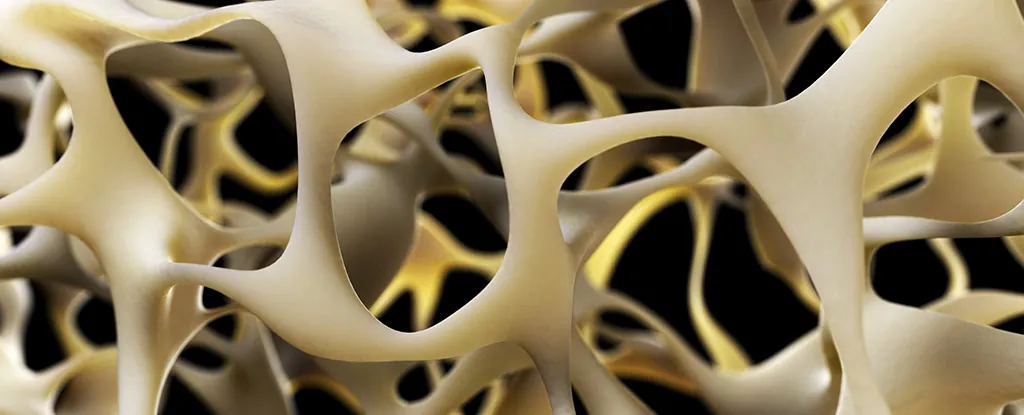
Building the Future on Mars: A Guide to Settlement Construction
2025-09-22
Author: Emily
The Great Martian Challenge
Imagine you've found the ideal spot for a settlement on Mars. But suddenly, a wave of challenges hits you. What exactly will you build, and with what materials? There are no trees to chop down, campfires for warmth, or wildlife for sustenance. The stark reality is that Mars is desolate.
Settlements on the Red Planet will heavily depend on supplies shipped from Earth, which is no easy feat. With perilous journeys taking place every two years and costs running into hundreds of millions, the reliance on Earth for resources is a daunting reality. This calls for a strategy known as in-situ resource utilization, using Martian materials for construction.
Planning for Survival
The first Martian settlers won't head into the unknown completely unprepared. They will arrive with temporary structures and supplies from previous missions. However, to truly establish a lasting settlement, they need vast quantities of raw materials that cannot all be transported from Earth due to weight limitations.
As Bruce Mackenzie from the Mars Foundation proposed in 2006, a comprehensive plan called the Homestead plan outlines the crucial steps toward achieving self-sustainability. It recommends constructing a base on a hillside, offering protection from radiation while maintaining easy access to essential surfaces.
Harnessing Martian Resources
To facilitate this ambitious construction project on Mars, some heavy-duty equipment will be a must. This includes three "small" nuclear reactors, as controversial as that may sound, to provide a stable power source, along with specialized mining and manufacturing tools. The goal is to transform Martian resources, like carbon dioxide and dirt, into valuable materials while only importing small quantities of specific Earth-based elements.
Innovative Brick-Making and Food Production
When it comes to constructing habitats, settlers can dig into the hillside, using Martian soil as a natural shield against radiation. To build structures above ground—like greenhouses and storage tanks—settlers will need to craft bricks from the Martian dirt, combining it with materials like fiberglass.
Glass will also become an invaluable resource for allowing sunlight into greenhouses, crucial for local food production. However, reliance on Earth for food supplies will be impractical over time, making local agricultural solutions essential.
Mycotecture: The Future of Martian Architecture
Enter Lynn Rothschild, a NASA Ames senior research scientist, with a revolutionary concept called mycotecture. Instead of relying solely on traditional building methods, Rothschild's vision involves using a genetically engineered strain of fungus to create structures. This adaptable fungus can flourish in Martian conditions; by providing water and a frame, settlers can prompt it to grow and form a pressurizable interior.
With successful experiments yielding small structures already, this groundbreaking approach may redefine how we think about building habitats on Mars.
Conclusion: A New Era Awaits
The journey to establish human life on Mars is fraught with obstacles, but innovative thinking and resourceful strategies hold the key. As we push the boundaries of space exploration, these plans pave the way for a new era of life beyond Earth, sparking the imagination of generations to come.









 Brasil (PT)
Brasil (PT)
 Canada (EN)
Canada (EN)
 Chile (ES)
Chile (ES)
 Česko (CS)
Česko (CS)
 대한민국 (KO)
대한민국 (KO)
 España (ES)
España (ES)
 France (FR)
France (FR)
 Hong Kong (EN)
Hong Kong (EN)
 Italia (IT)
Italia (IT)
 日本 (JA)
日本 (JA)
 Magyarország (HU)
Magyarország (HU)
 Norge (NO)
Norge (NO)
 Polska (PL)
Polska (PL)
 Schweiz (DE)
Schweiz (DE)
 Singapore (EN)
Singapore (EN)
 Sverige (SV)
Sverige (SV)
 Suomi (FI)
Suomi (FI)
 Türkiye (TR)
Türkiye (TR)
 الإمارات العربية المتحدة (AR)
الإمارات العربية المتحدة (AR)